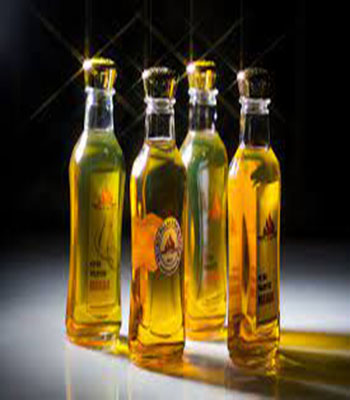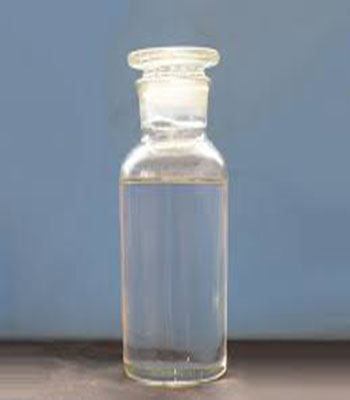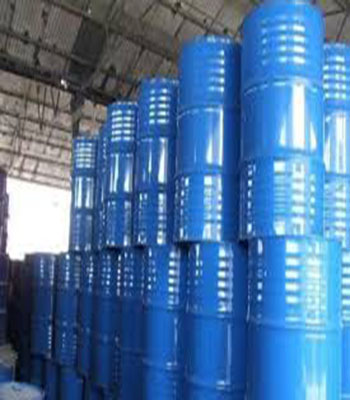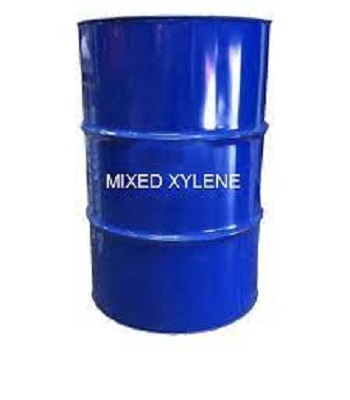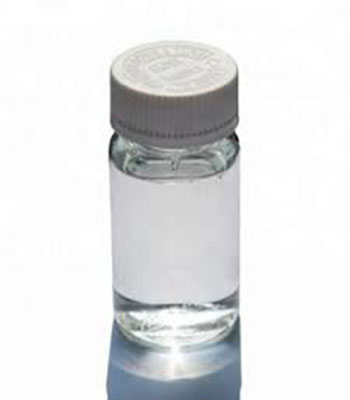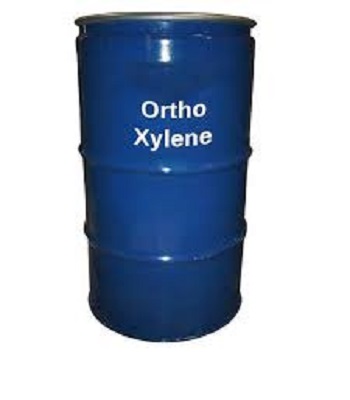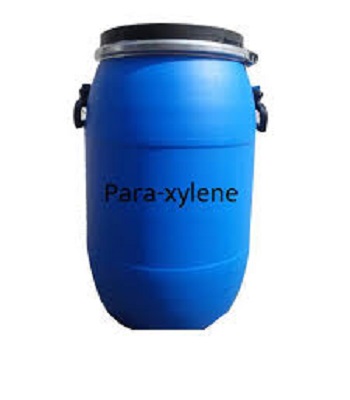Hydrocarbons-Heavy Hydrocarbon
$0.00Hydrocarbons, simply in the science of chemistry, are a group of organic materials in whose molecular structure only the atoms of the elements carbon and hydrogen are involved. Hydrocarbons, like the classification of all organic matter, fall into two groups: aliphatic and aromatic. On the other hand, hydrocarbons can be divided into two unsaturated groups and a saturated group.
Hydrocarbons-Heavy Hydrocarbon
$0.00Hydrocarbons, simply in the science of chemistry, are a group of organic materials in whose molecular structure only the atoms of the elements carbon and hydrogen are involved. Hydrocarbons, like the classification of all organic matter, fall into two groups: aliphatic and aromatic. On the other hand, hydrocarbons can be divided into two unsaturated groups and a saturated group.
Hydrocarbons-Heavy Hydrocarbon
$0.00Hydrocarbons, simply in the science of chemistry, are a group of organic materials in whose molecular structure only the atoms of the elements carbon and hydrogen are involved. Hydrocarbons, like the classification of all organic matter, fall into two groups: aliphatic and aromatic. On the other hand, hydrocarbons can be divided into two unsaturated groups and a saturated group.
Lightends-Hydrocarbons
$0.00Light ends are the light hydrocarbon gases and liquids that come off the top of distillation towers and fractionators. This usually includes refinery gas and some C3s and C4s.
Lightends-Hydrocarbons
$0.00Light ends are the light hydrocarbon gases and liquids that come off the top of distillation towers and fractionators. This usually includes refinery gas and some C3s and C4s.
Lightends-Hydrocarbons
$0.00Light ends are the light hydrocarbon gases and liquids that come off the top of distillation towers and fractionators. This usually includes refinery gas and some C3s and C4s.
MDI
$0.00DESCRIPTION
Methylene diphenyl diisocyanate is an aromatic diisocyanate. Three isomers are common, varying by the positions of the isocyanate groups around the rings: 2,2′-MDI, 2,4′-MDI, and 4,4′-MDI. The 4,4′ isomer is most widely used, and is also known as 4,4′-diphenylmethane diisocyanate.
MDI
$0.00DESCRIPTION
Methylene diphenyl diisocyanate is an aromatic diisocyanate. Three isomers are common, varying by the positions of the isocyanate groups around the rings: 2,2′-MDI, 2,4′-MDI, and 4,4′-MDI. The 4,4′ isomer is most widely used, and is also known as 4,4′-diphenylmethane diisocyanate.
MDI
$0.00DESCRIPTION
Methylene diphenyl diisocyanate is an aromatic diisocyanate. Three isomers are common, varying by the positions of the isocyanate groups around the rings: 2,2′-MDI, 2,4′-MDI, and 4,4′-MDI. The 4,4′ isomer is most widely used, and is also known as 4,4′-diphenylmethane diisocyanate.
Mixed-Xylene
$0.00DESCRIPTION
Mixed xylenes are the second-most-important aromatic product in terms of world consumption for chemical manufacture, ranking behind benzene and ahead of toluene. Mixed xylenes refers to the equilibrium mixture of four isomers with the same C8H10 chemical formula. The isomers in order of natural occurrence are meta-xylene, ortho-xylene, para-xylene, and ethylbenzene.
Xylenes are produced with different processes. When in refineries, oil cuts enter the reforming units, aromatic compounds comprise a great proportion of the outflow material. Separating this flow into its components, accounts for more than 70 percent of global xylene supply. Also in the steam cracking process in olefin units, some quantity of Mixed Xylene is produced. In addition, disproportioning Toluene into Benzene and Xylene and treating Pyrolysis Gasoline are also different ways to produce Mixed Xylene.
Mixed-Xylene
$0.00DESCRIPTION
Mixed xylenes are the second-most-important aromatic product in terms of world consumption for chemical manufacture, ranking behind benzene and ahead of toluene. Mixed xylenes refers to the equilibrium mixture of four isomers with the same C8H10 chemical formula. The isomers in order of natural occurrence are meta-xylene, ortho-xylene, para-xylene, and ethylbenzene.
Xylenes are produced with different processes. When in refineries, oil cuts enter the reforming units, aromatic compounds comprise a great proportion of the outflow material. Separating this flow into its components, accounts for more than 70 percent of global xylene supply. Also in the steam cracking process in olefin units, some quantity of Mixed Xylene is produced. In addition, disproportioning Toluene into Benzene and Xylene and treating Pyrolysis Gasoline are also different ways to produce Mixed Xylene.
Mixed-Xylene
$0.00DESCRIPTION
Mixed xylenes are the second-most-important aromatic product in terms of world consumption for chemical manufacture, ranking behind benzene and ahead of toluene. Mixed xylenes refers to the equilibrium mixture of four isomers with the same C8H10 chemical formula. The isomers in order of natural occurrence are meta-xylene, ortho-xylene, para-xylene, and ethylbenzene.
Xylenes are produced with different processes. When in refineries, oil cuts enter the reforming units, aromatic compounds comprise a great proportion of the outflow material. Separating this flow into its components, accounts for more than 70 percent of global xylene supply. Also in the steam cracking process in olefin units, some quantity of Mixed Xylene is produced. In addition, disproportioning Toluene into Benzene and Xylene and treating Pyrolysis Gasoline are also different ways to produce Mixed Xylene.
o-xylene
$0.00DESCRIPTION
o-Xylene is an aromatic hydrocarbon with the formula C₆H₄(CH₃)₂. with two methyl substituents bonded to adjacent carbon atoms of a benzene ring. It is a constitutional isomer of m-xylene and p-xylene, the mixture being called xylene or xylenes. o-Xylene is a colorless slightly oily flammable liquid
o-xylene
$0.00DESCRIPTION
o-Xylene is an aromatic hydrocarbon with the formula C₆H₄(CH₃)₂. with two methyl substituents bonded to adjacent carbon atoms of a benzene ring. It is a constitutional isomer of m-xylene and p-xylene, the mixture being called xylene or xylenes. o-Xylene is a colorless slightly oily flammable liquid
o-xylene
$0.00DESCRIPTION
o-Xylene is an aromatic hydrocarbon with the formula C₆H₄(CH₃)₂. with two methyl substituents bonded to adjacent carbon atoms of a benzene ring. It is a constitutional isomer of m-xylene and p-xylene, the mixture being called xylene or xylenes. o-Xylene is a colorless slightly oily flammable liquid
Orthoxylene-Hydrocarbons
$0.00O-Xylene is an aromatic hydrocarbon with the formula C₆H₄(CH₃)₂. with two methyl substituents bonded to adjacent carbon atoms of a benzene ring. It is a constitutional isomer of m-xylene and p-xylene, the mixture being called xylene or xylenes. o-Xylene is a colorless slightly oily flammable liquid
Orthoxylene-Hydrocarbons
$0.00O-Xylene is an aromatic hydrocarbon with the formula C₆H₄(CH₃)₂. with two methyl substituents bonded to adjacent carbon atoms of a benzene ring. It is a constitutional isomer of m-xylene and p-xylene, the mixture being called xylene or xylenes. o-Xylene is a colorless slightly oily flammable liquid
Orthoxylene-Hydrocarbons
$0.00O-Xylene is an aromatic hydrocarbon with the formula C₆H₄(CH₃)₂. with two methyl substituents bonded to adjacent carbon atoms of a benzene ring. It is a constitutional isomer of m-xylene and p-xylene, the mixture being called xylene or xylenes. o-Xylene is a colorless slightly oily flammable liquid
para-xylene
$0.00DESCRIPTION
Para-Xylene is made by separating compound xylene, and is a transparent liquid with no color. It is harmful to the body. The product has high value as it is used to produce terephthalic acid, which becomes raw material for polyester, fiber, PET bottles, and films.
para-xylene
$0.00DESCRIPTION
Para-Xylene is made by separating compound xylene, and is a transparent liquid with no color. It is harmful to the body. The product has high value as it is used to produce terephthalic acid, which becomes raw material for polyester, fiber, PET bottles, and films.
para-xylene
$0.00DESCRIPTION
Para-Xylene is made by separating compound xylene, and is a transparent liquid with no color. It is harmful to the body. The product has high value as it is used to produce terephthalic acid, which becomes raw material for polyester, fiber, PET bottles, and films.



